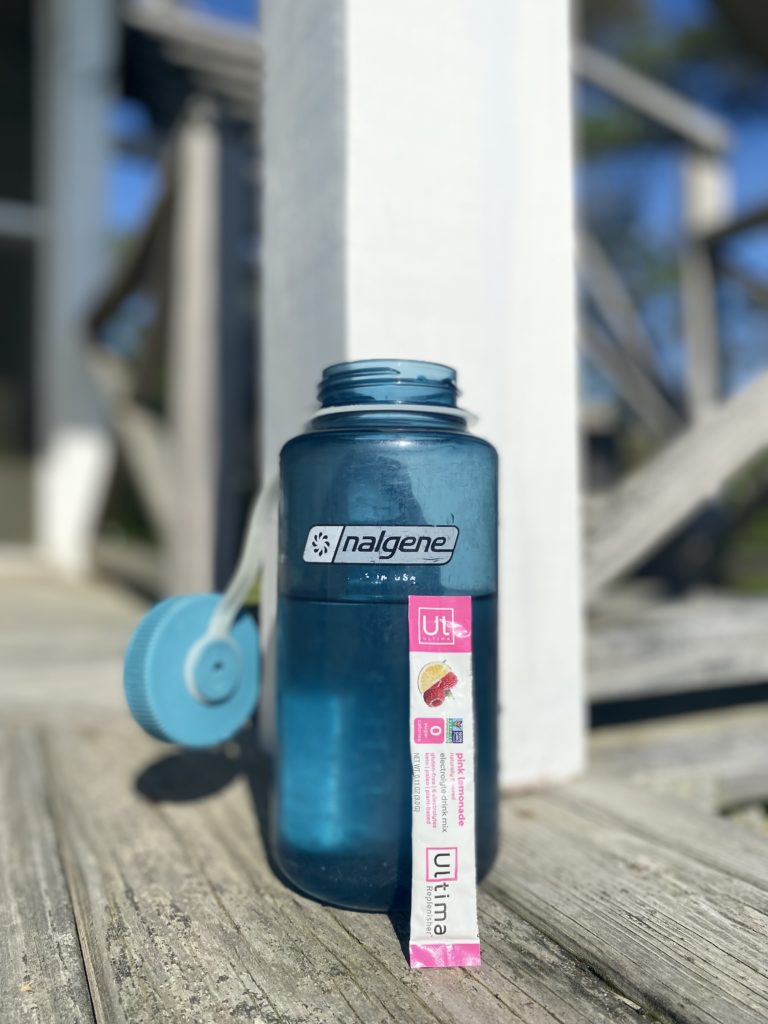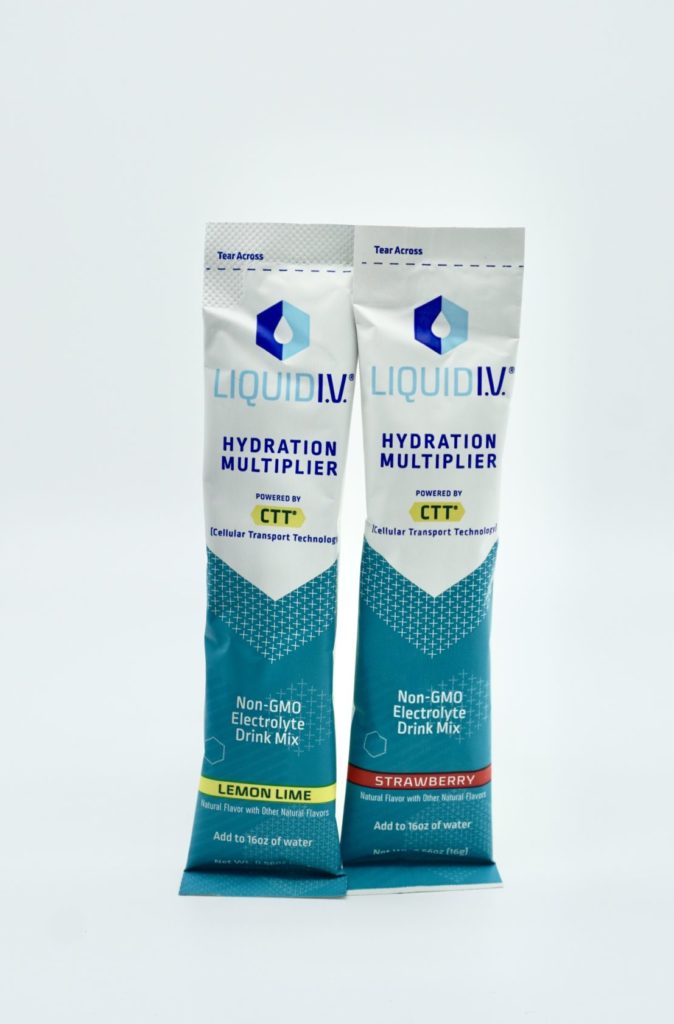Single-use water bottles are quickly going out of style. For many reasons, water drinkers everywhere are moving away from their old habits of buying one-time bottles and gravitating toward reusable ones that better fit their lifestyle and hydration needs. The main drivers behind this shift range from environmental and health benefits to the increasing variety of bottle designs. For all you single-use bottle users out there, this might just change your mind!
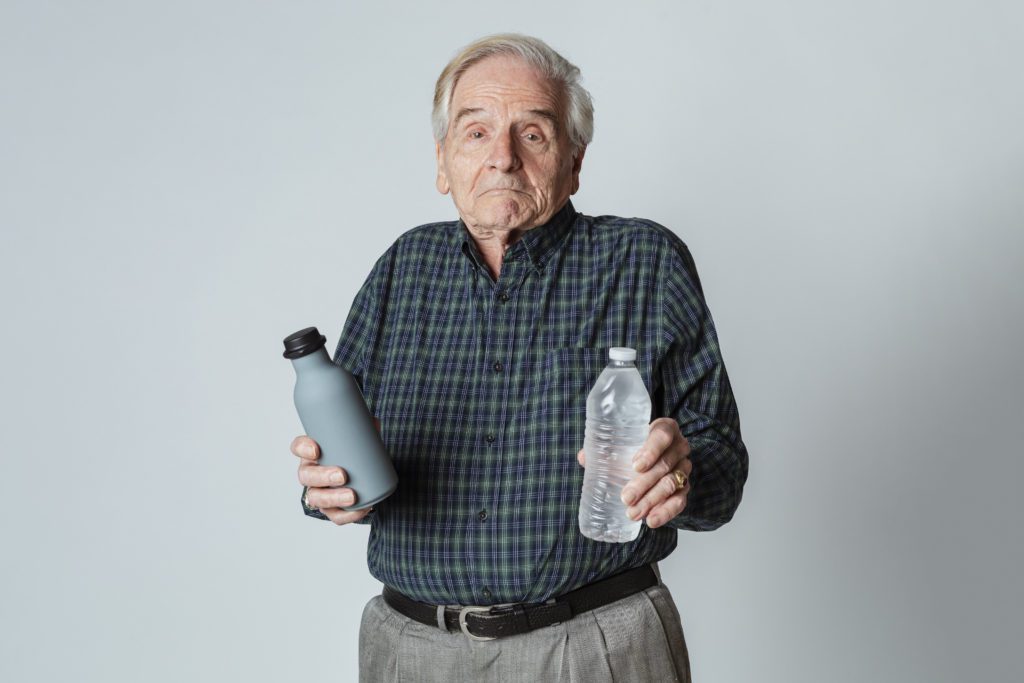
Temperature control
If you’re not adding a hydration mixer or infusing it with fruits and veggies, the flavor of water can be boring at times. This leaves temperature as the only factor in your control. Whether you’re someone who likes their water at room temperature or ice cold, a reusable bottle can help make this happen. This is especially true for double wall stainless steel bottles that keep water at your desired temperature for hours even if the bottle is directly in the sun. And while your bottle is staying cool in the summer heat, you won’t need to worry about condensation buildup and the annoyance of a slimy bottle on a warm day. If this isn’t convincing enough, think back to the last time you drank from a single-use plastic bottle after it had been in a hot car for a few hours. From the temperature to the taste, this was probably not a pleasant experience. You deserve better.
Caps or spouts that fits your drinking style
With single-use bottles you only get two options: the classic twist-off cap or the sport top made for squeezing. While these get the job done, they have their pitfalls. How many times have you fiddled with a tiny plastic twist cap to try and get it on the thread only to find that after you’ve tightened it, it comes right off? Or have you ever made the mistake of placing a sport cap bottle in your backpack or purse? We have, and we’d like to remind you that these caps open and the result is a bath for your cell phone, wallet and other personal belongings.
There are better options. If you want something similar to the twist top, you should explore brands that make chug caps like ThermoFlask, Takeya and SimpleModern. The cap unscrews, but stays attached to the bottle allowing you to quickly open, sip and reseal. If you’re a fan of sport caps, we recommend you try a reusable bottle with a straw top. Companies like Camelbak and Contigo specialize in these designs and have a variety of styles. If you don’t like the sound of a chug cap or straw top, don’t worry, there are other options available across the many brands which we’ve reviewed.
Color and Design
Once you purchase a reusable bottle, you’ll notice how quickly it becomes your companion. Whether it’s a gym session, day in the office or a weekend hangout in the park, your bottle will be beside you to support your hydration needs. Just like a purse, cell phone case or watch, your bottle becomes an extension of you, so you might as well pick one that accentuates your style. With the huge variety of materials, shapes and colors on the market, finding a design that fits your lifestyle (and personal style) should be an easy and fun task.
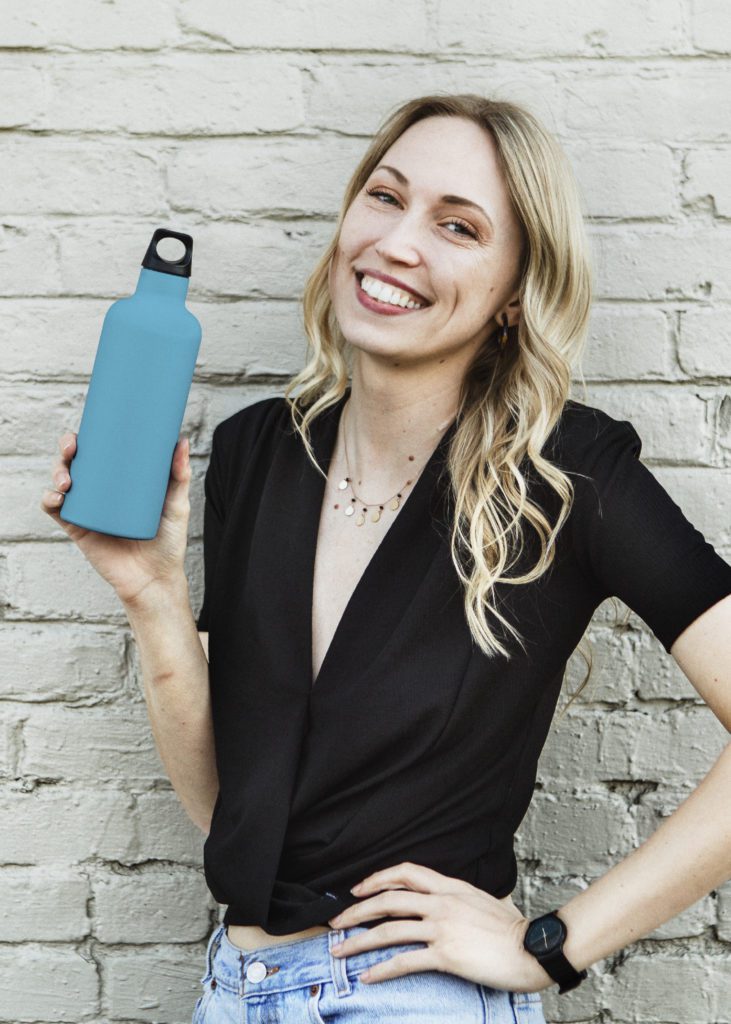
Environmental Impact
Purchasing and utilizing a reusable bottle is bigger than you. The environment greatly benefits as you displace the need for single-use plastic bottles. According to The Plastic Soup Foundation, more than 1 million plastic bottles are sold each minute and in the full year 2021, they estimate this will tally up to 583 billion bottles1. The US is unfortunately the leader of the group with the most bottles used per year and a poor track record of recycling. For every six plastic bottles purchased in the US, only one gets properly recycled2. Most of the bottles end up in landfills where they take nearly 500 years to decompose — or even worse, in the ocean where they jeopardize the lives of marine animals.
Even if you’re following the proper recycling methods, simply purchasing and possessing a plastic bottle is doing harm for the environment. Consider this: to produce the required annual US supply of plastic water bottles, manufacturers use 17 million barrels of oil3. According to the US Energy Information Administration, that’s almost equivalent to the amount of oil the entire US consumes in a day! Think of all the cars, planes and trains. Between the manufacturing costs and then transportation, the end result is water costing 3000x the amount of what’s available in your tap ($0.64 per gallon bottled vs. $0.02 per gallon tap)3. Save the environment and your wallet at the same time.
There’s a lot more to be said about the environmental and economic costs of bottled water. For more information please go to: Pew Report on Ocean Plastic
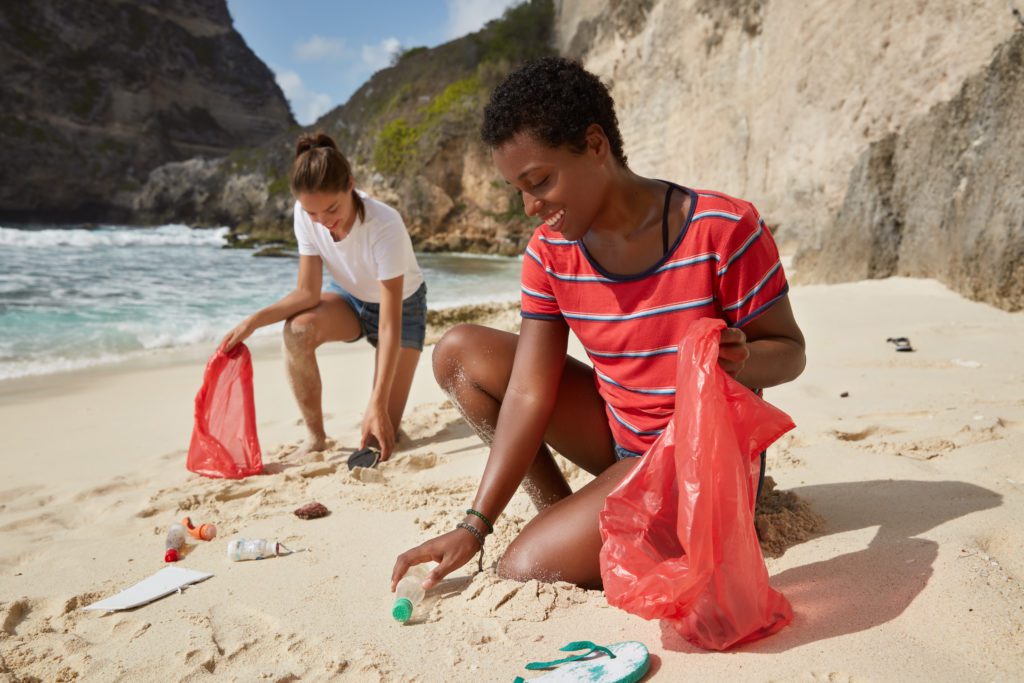
Health Impact
Over the last few years, several independent studies have been conducted to determine the health consequences of drinking bottled water. A study conducted by the State University of New York at Fredonia found that plastic microparticles were present in 93% of the 259 bottles tested. Polypropylene, which is frequently used in water bottle cap construction, was the most common polymer detected. While the study also notes that plastic microparticles are found in other water sources such as tap, they concluded that “at least part of the microplastic contamination (in bottles) is arising from the packaging material and/or the bottling process itself.” Other studies such as Schymanski et al. (2018) made the same conclusion that the packaging of bottles may be responsible for the release of microparticles into the water.
In 2019, the World Health Organization decided to conduct an in-depth study based on the findings from the prior groups. Their research found that microplastics are found in all sources of water (including contamination of natural sources). While they acknowledged that there was some evidence of increased contamination in bottled water, they wanted to see more data before making any conclusions. Overall, they found that the concentration of microparticles across all normal water sources was not high enough to cause deleterious effects on the body.
We recommend you take a closer look at the studies and make your own conclusions. Based on our review of the data, we feel it’s a safer play to avoid the plastic one-time bottles and opt for a reusable bottle filled with tap or filtered water.
Fun, Random Uses of Reusable Bottles
At HydrationReview, we’ve found that water bottles can have several uses outside of storing water. For one, these bottles can keep any drink cold, including your drink of choice for an afternoon at the pool or any other place you do your relaxing. For weekday use, we’ve found these bottles to be helpful for organizing and efficiently packing a bag or backpack. The rigid nature of the bottles allows us to create protected pockets in our packs where we can place some of our more fragile items like our lunch.
Over time we’re sure you’ll find a quirky use for your bottle. For example, one of our reviewers has used his to hold up his webcam during video calls. Another reviewer says that she’s used hers as a rolling pin for baking. Sturdier bottles like the Yeti might even make a good self defense tool. The possibilities are endless!
It’s Time to Purchase a Reusable Bottle
We’ve provided a long list of reasons why you should try a reusable bottle. They keep water (and other drinks) at the temperature of your liking, have a unique design and color that is an extension of you and the functionality is far superior compared to single-use bottles. Don’t forget about the service you’re doing for the environment and the plastic particles you may avoid consuming. It’s time to upgrade your hydration game.
To find your next bottle, visit this page and check out some of our reviews.
References
1Plastic Soup Foundation. “The World’s Population Consumes 1 Million Plastic Bottles Every Minute.” Plastic Soup Foundation, July 2017, www.plasticsoupfoundation.org/en/2017/07/the-worlds-population-consumes-1-million-plastic-bottles-every-minute.
2Fox, Catherine Clarke. “Plastic Pollution.” Natural Geographic, kids.nationalgeographic.com/science/article/plastic-pollution. Accessed 17 Feb. 2021.
3“Frequently Asked Questions (FAQs) – U.S. Energy Information Administration (EIA).” US Energy Information Administration, 4 Sept. 2020, www.eia.gov/tools/faqs/faq.php?id=33&t=6#:%7E:text=In%202019%2C%20the%20United%20States,billion%20barrels%20of%20petroleum%20products.
4“Reasons to Avoid Bottled Water.” Sustainability at Harvard, green.harvard.edu/tools-resources/green-tip/reasons-avoid-bottled-water. Accessed 17 Feb. 2021.


